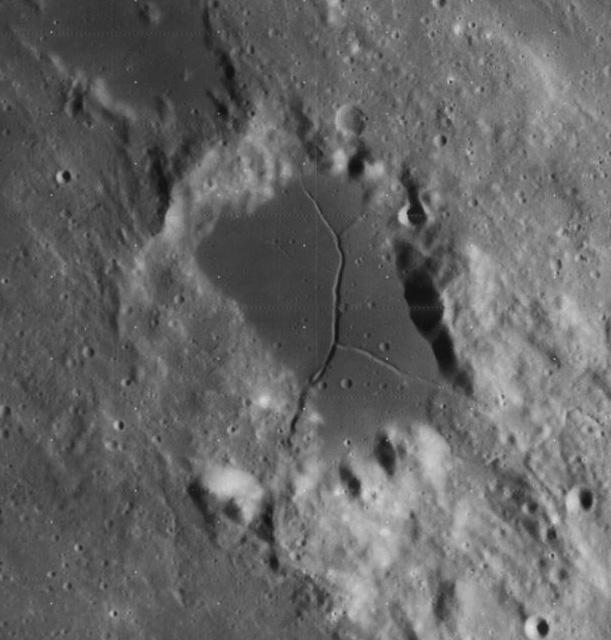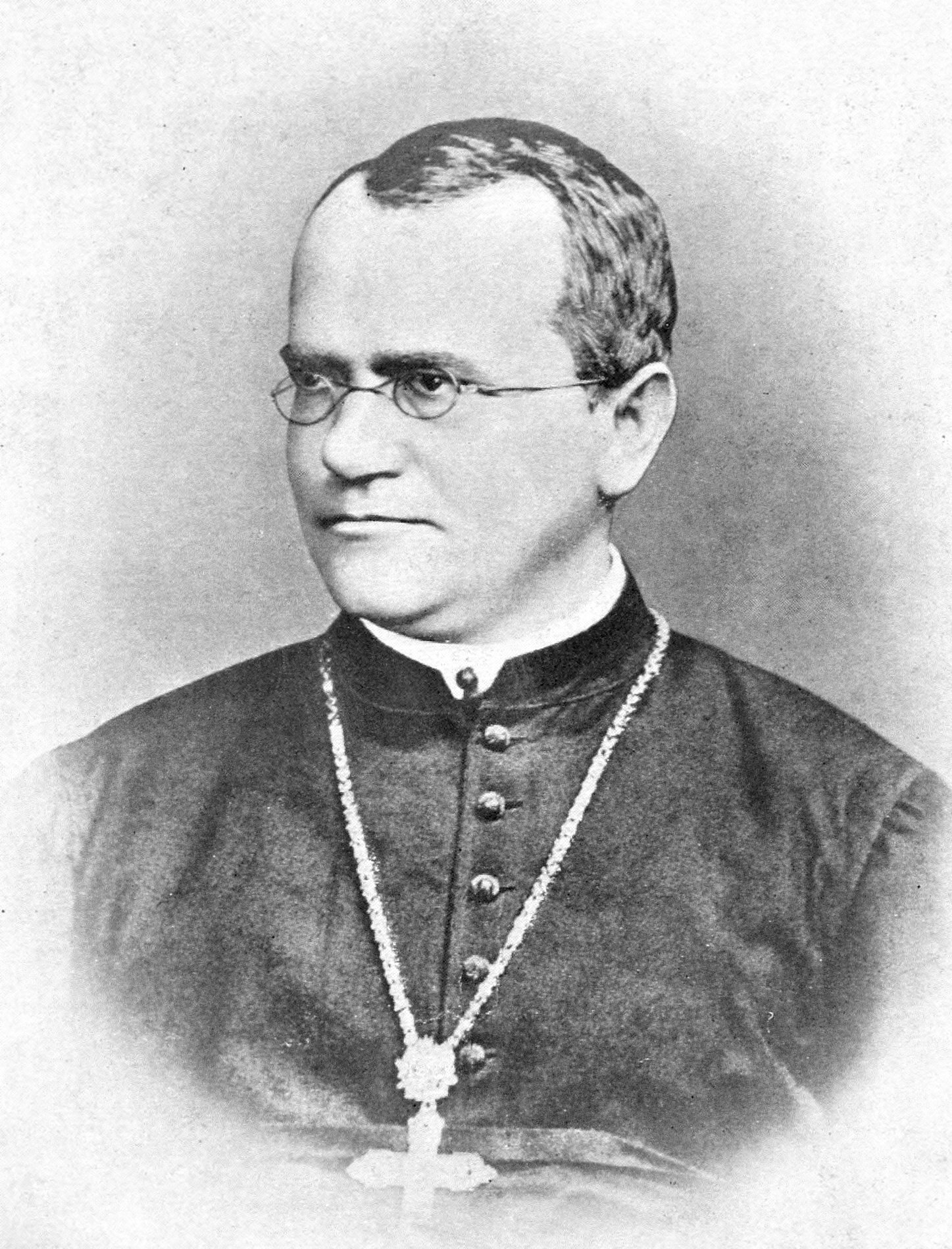Chile 1740-1829
Juan Ignacio Molina was born in Chile in 1740 and was entered into the Jesuit Order when he was fifteen, though he was not a full Jesuit for the next eighteen years while he completed his training. He learned a variety of subjects, scientific and philosophical, and gained fluency in five languages: Spanish, Greek, Latin, Italian, French. (2) Additionally, Molina was a poet. A particularly notable poem, written in Latin and titled ‘Latin Elegies’ detailed his debilitating experience of smallpox. (2, 8) He was a teacher for a few years, though his talent was too great to solely be a teacher and he was reassigned to studying theology. (4) Throughout his scholastic career he shifted through the various towns of Chile, becoming a professor and librarian in the Jesuit’s Santiago station, capital of Chile. (4)
However, in 1767 all the Jesuits were exiled from Chile by order of the Spanish King, Carlos III (4) The Jesuits were exiled because of how they had hindered the colonizing efforts of various European powers. (7) Therefore, at age twenty-seven Molina and his fellow Jesuits were thrust into Europe. However, their journey was not quite direct. First, the Jesuits had to travel to Peru, then over the Atlantic Ocean. When he was exiled from Chile, he had to go to Peru first, then travel over the Atlantic to reach Europe. (9) Even during his exile to Europe, Molina continued note the wildlife around him, observing flying fish and whales. (9) Their journey did not end in Spain, the home country of the Jesuits, because other exiles had already filled their doors. Instead, Molina and the other Jesuits journeyed to Imola, Italy, a small town near Bologna. (4)
Upon their arrival in Italy, in 1769, the Jesuits were first settled in Imola, a small town near Bologna. Immediately, Molina’s knowledge served him well as he was able to talk to the Italian governor and discuss natural history, a topic which fascinated the governor. (9)
Eventually, Molina moved to the nearby city of Bologna and became the chair of Greek at the University of Bologna. Eventually, he became a professor of natural sciences, the work for which he is best known. (2) Molina was the first American member of Italian Institute of Science and Arts (2). He continued to study and teach, slowly making his way to official membership in the order. He finally passed the necessary exams and became a full member of the Jesuit order on August 15th, feast of the Assumption, 1773, at thirty-three years of age. (4)
Then on August 25th, the Pope published the order to suppress the Jesuits and Molina was forced to leave the order, after mere ten days. (4) Nearly all the European nations had gotten tired of Jesuits resisting their wishes and pressured the Pope. Clement XIV, into suppressing the order outright. All Jesuits had to officially leave the order, though some former Jesuits were highly regarded. (7) Russia was the only exception to the suppression order and became the only country where the Jesuit order remained, preferring to have the Jesuits around to revitalize their educational system. (7)
Molina would remain in Italy for the rest of his life. It was here that he began publishing scientific works, all of which were in Italian. (3) The first was the ‘Compendium of the Geographical, Natural, and Civil History of the Kingdom of Chile’ which explained a variety of aspects of Chile from its geography animal life to historical and anthropological elements. (2, 5, 6) The work is divided among three parts, Geography, Natural History, and Civil History. (6). The geographic discussion included the approximate size of the country, the basic political division and some geological information. (5) Natural History was a catchall term for several pursuits including botany and zoology, but essentially means biology. The Civil History section detailed the history of Chile from a cultural perspective, how Chile came to be.
Molina was a very thorough writer, trying to communicate information as swiftly and succinctly as possible, and used extensive footnote asides to achieve his aims. By necessity, this work was assembled from suboptimal sources; Molina’s manuscript had been detained at a ship in Peru, where the Jesuits had traveled before journeying to Europe. (2. 9)
In 1774, Molina moved to Bologna and started teaching at a school that taught a significant portion of the poorer students for free. (9) However, between widespread misinformation surrounding America, and his own nostalgia, Molina decided to write a book to explain Chile to Europe. (9)
Molina’s first attempt was the ‘Compendium of the Geographical, Natural, and Civil History of the Kingdom of Chile,’ a work divided into two parts and published in 1776. (9) The first dealt with the geography of Chile, its mountains, its size, the landscape and so on; the second part explained the culture of Chile’s native and Spanish populations. (9) The timing was excellent: interest in America had increased significantly because of the American Revolution, and Molina’s work provided insight into a portion of the New World. (9)
It was successful, but the sources were not as comprehensive as Molina wished; the majority of Molina’s meticulous notes had been taken by customs agents when left Chile. After some years, he acquired his notes, and started again. He was so dedicated to providing a superior source that he published this second volume at his own expense in 1784. It was entitled ‘Essay on the Natural History of Chile.’ (9) The ‘Essay on Natural History’ was more detailed than its predecessor, included a newer map, and was divided into four books. Molina aimed to use this book to prove the similarities between the New World and the Old, starting with a direct comparison in the introduction. (9) The ‘Essay on Natural History’ was extremely successful and translated into German, Spanish, French, and English. (2)
Molina’s writing was crucial because of its ability to dispel common myths of the time regarding America. Oftentimes, writers never actually had gone to America and were just making details up out of whole cloth. (9) Molina’s detailed and scientifically accurate work was a revolutionary take on America. Also, America was in a revolution at the time which generated significant interest in the American continent. (9)
Book One covered the geographical, climate, and natural disasters common in Chile, and Molina again made comparison to Italy. (9) One particular piece of misinformation Molina tried to correct was the notion that a 1751 earthquake had destroyed a city and redirected a river. (9) In reality, there were actually no casualties, in part because of a series of shocks before the main disaster. Molina continued this geological discussion, and used his own experience and observations to explain events, an attitude that distinguished him as a scientist. (9)
The Second Book examined the mineral aspect of Chile including rivers, lakes, rocks and soil. (9) As part of this section, Molina looked at the mining industry and agriculture. For one, Molina describes in detail the process of acquiring gold, from mining the ore to processing it at the foundry. (9) Molina also writes about geography in this section, noting the presence of various marine caves in Chile. (9)
Books Three and Four changed the focus from geographic and geological to biological. (9) Here, Molina explored the flora and fauna of Chile and organized them according to Linnaeus’ system. (3) He also wrote wrote about crops, general vegetation in the area, herbs, and the wine of Chile as compared to Italian wine. (9) Book Four was concerned with animals of all kinds whether in the sea, the air, or on the land. Molina also described the culture of Chile once again. (9)
Molina finished the book with two catalogs. The first listed all the new species he had described, even including rocks and minerals, according to Linnaeus’ classification. The second catalog was a glossary of various words particular to natural sciences at the time. (9) Even though it was a nostalgic work, it was very clearly of scientific value.
Molina continued as a professor of natural history in Bologna, though he contributed a last influential volume during this time. This volume, titled Memories on Natural History, was a collection of fourteen ‘memories,’ lectures Molina delivered from 1805 to 1815. (9)
- Study of thermal springs
- Physical and Mineral Study of the Bologna Mountains
- On the Cultivation of Olives
- On Marls
- Coffee
- ‘Less Noticed Analogies of the Three Kingdoms of Nature’
- Gardens in Towns (green cities)
- Whales in the South
- Growing Trees
- On Coal
- Peru’s Mountain of Silver
- ‘On the Propagation of the Human Race in Different Parts of the World’
- Cocoa, Vanilla, and Canela
- Sugar
The sixth was the most controversial, though the twelfth is also particularly noteworthy. (9) Overall, his lectures demonstrate an extensive grasp of scientific knowledge, but can mainly by split into two categories: geology and biology. (9) Lectures 1, 2, 10, and 11 deal with geology and mineralogy while lectures 3, 4, 5, 6, 7, 8, 9, 10, 12, 13, and 14 deal principally with biology and agriculture.
Agriculture and environmentalism were a significant topic among these lectures; four of the fourteen were dedicated to the subject in various forms.The first lecture on the subject [#3] discussed the possibility of growing olives in the area around Bologna. Then, Molina discussed marls in #4, a type of calcium rich mud and its possible application as fertilizer. (9) He drew on his geological knowledge to explain the two varieties, marine volcanic and outcropper. He exposited why volcanic was the inferior option, and how to test for the ratio of clay to calcium carbonate. He recommended marls as fertilizer particularly in acidic soils, because of the presence of the basic calcium carbonate, and argued England already was using marls as fertilizer. Molina even had samples on hand for after the lecture. (9)
Molina was well-known for his knowledge of Agriculture and was given honorary membership of the Academia Private dei Georgofili in 1817 as a result. His seventh lecture was on the subject of enhancing the greenery in cities, again arguing England had already introduced this to their cities. Molina closed the lecture by discussing various types of trees present in the area near Bologna. The ninth lecture continued in that same vein by discussing the possibility, or necessity, of regrowing trees. (9)
His eighth lecture, Whales in the South, would be an environmental topic today, but at the time it was simply another scientific lecture. Molina set out to prove that European scientists were wrong about Chile and that whales actually existed in that region of the world. Discussed the methods of whale-hunting. (9) Molina also discussed various exoctic plants and possible health hazards. Specifically: Coffee [#5], Vanilla and other spices [#13], and Sugar [#14]. He also covered the coffee plant and how the drink was prepared in various places. Molina also brought up an example of fatal coffee overdosage. (9) Vanilla and other spices were commonly assumed to have health benefits, though these spices could pose a health hazard. He also talked about the widespread use of sugar and its health effects (9)
His sixth lecture was the one that merited the most controversy, however. He gave this lecture in three parts, and it was called ‘Less Noticed Analogies of the Three Kingdoms of Nature’ (9) It was delivered in 1815. Molina thought that the Three Kingdoms: Animal, Vegetable, Mineral, are interconnected. (9) He provided various evidence including the similarities between animal eggs and plant seeds, and the shape of crystals and plants’ fractal-like shapes. However, in discussing the widespread similarities, Molina unclearly used words so that it sounded as though he was attributing intelligence and reason to animals. (9) It could also be construed as an early version of evolution. (3)
This went against the philosophy of the time, the Great Chain of Being, which stated that everything exists in hierarchy in which God is at the summit and goes down to angels, men, animals, plants, and eventually matter in general. Each category has at least one superior attribute the category below lacks. (10) For example, Animals have existence, life, and a will, but not reason while humans have existence, life, a will and reason. (10) The categories are subdivided into further chains. For animals, the more rational-acting and noble a creature is, the higher it is on the chain, though still without reason. (10)
He was investigated for heresy and lost his teaching license. After years of investigation, he was finally acquitted, though his books were still reviewed and censored as deemed necessary. (9) Molina explained he had meant the words as an analogy, not literally. (9)
Rather than evolution however, Molina’s theory could be seen as reinforcing the preexisting philosophy of the ‘Great Chain of Being.’ Molina’s work fits well into this idea, and not as much into evolution. His work did not suggest that different categories of living things morphed from one to another, merely that they were connected more directly than previously assumed. (9, 10) Furthermore, Molina still believed everything was planned and created by God. (9)
Molina also wrote about the migration of humans to spread out across the Earth and argued they had crossed all manner of natural barriers, arguing humans did not just appear in Italy, as some people claimed at the time, but had travelled there. Molina also lectured on the settlement of America. He claimed that various parts of America were peopled at different times due to cultural differences. (9) The first humans appeared in America about a century after the biblical Great Flood, which was then believed to have been responsible for all fossils observed. (9) Later on, people like the Chilean natives came. Molina argued they arrived around the time Alexander the Great came to the Indus River because of the significant similarities to the Grecian and Asian culture. Molina also explained that people appear different because of their environment, not because they are actually that different. Humans at similar latitudes turned out completely differently given differing climates. (9)
The first, second, tenth, and eleventh memories were concerned with mineralogy and geology. (9) A smaller number of lectures perhaps, but still a significant portion of Molina’s work. None of these were so eye-catching as memories #6 or #12, just solid scientific work.
The first memory detailed his scientific expedition to thermal springs near Bologna where he conducted a geological analysis. He argues these springs could not have been created by volcanoes. It was too localized for seismological activities and lacked evidence for volcanic activity. (9) Instead, he argues that it was formed by flooding. The theory of diluvialism was quite popular at the time. Diluvialism was the idea that the Great Flood of Noah caused fossils. (9) In addition to his theories of how the mountains were formed, Molina returns to his favorite subject: the similarities between Chile and Italy. This time, the characteristics of volcanoes off the coast. (9)
The second memory was concerned with the allegation of the presence of gold, silver, and copper in the area, but Molina doubted the truth of these tales. (9) He argued ores similar in appearance, such as pyrite may have started these rumors, but they were definitely untrue. (9) He also discussed other materials like sandstone and gypsum, proposing his own theories and trying to correct misinformation. (9) The tenth memory was concerned with coal including how it was mined and used. (9) In the eleventh memory, Molina talked about Peru’s Mountain of Silver and its alleged existence. (9)
In 1798, the new king of Spain, Charles IV, allowed the former Jesuits to return to Chile. Molina decided not to; by that point, the political situation in Chile was volatile and Molina was in already almost sixty. (9) Only thirty-one Jesuits actually decided to return to Chile. (9)
Molina’s work is also notable because of the turbulent times in which he was writing. The Bologna Institute of Science had been pillaged in 1796 by the French, and Bologna’s scientific reputation was starting to fall by the wayside. (9) Napoleon was causing international strife for much of Molina’s publication career. (9)
In 1814, after the destruction wrought by the the French Revolution and Napoleon’s conquest, Pope Pius VII decided to reinstate the Jesuits officially so they could assist the rebuilding of Europe (7). Molina therefore, had the opportunity to return to to the Jesuit order, though he did not. He had maintained cordial relations with other exiled Jesuits. (1)
Molina had a bold style, often refuting the knowledge of the time when he had reason to believe it wrong . Knew what subjects he excelled in and worked tirelessly observing the natural world and theorizing based on his observations. He provided a fascinating look at Chile, applied his knowledge to a new land, kept his knowledge relevant by relating it to the local area, and tried to show how the Old World and New World were really all part of the same Earth. Molina wanted to connect things, to explain geology, the connections between species, how the human race spread across the globe and the mechanisms of agriculture. His areas of knowledge sounds small, but it turns out to be an almost all-encompassing study of nature.
When he was exiled from Chile, he did not protest, but just kept working as he went. No matter what challenges he faced, Molina decided not to complain. He turned his exile into a means of spreading knowledge of his country’s wonders, even at his own expense. All in all, a very accomplished naturalist and inspiring man.
 Verbiest also designed the first car. It was slightly over two feet long and powered by steam, but the idea of having a self-propelling machine was present. (9) The machine carried a contained or water over a bed of coals and the steam was directed at a turbine which provided the power for it to move. (9) Whether it was actually built is an open question, but the designs were completed.
Verbiest also designed the first car. It was slightly over two feet long and powered by steam, but the idea of having a self-propelling machine was present. (9) The machine carried a contained or water over a bed of coals and the steam was directed at a turbine which provided the power for it to move. (9) Whether it was actually built is an open question, but the designs were completed. .jpg)
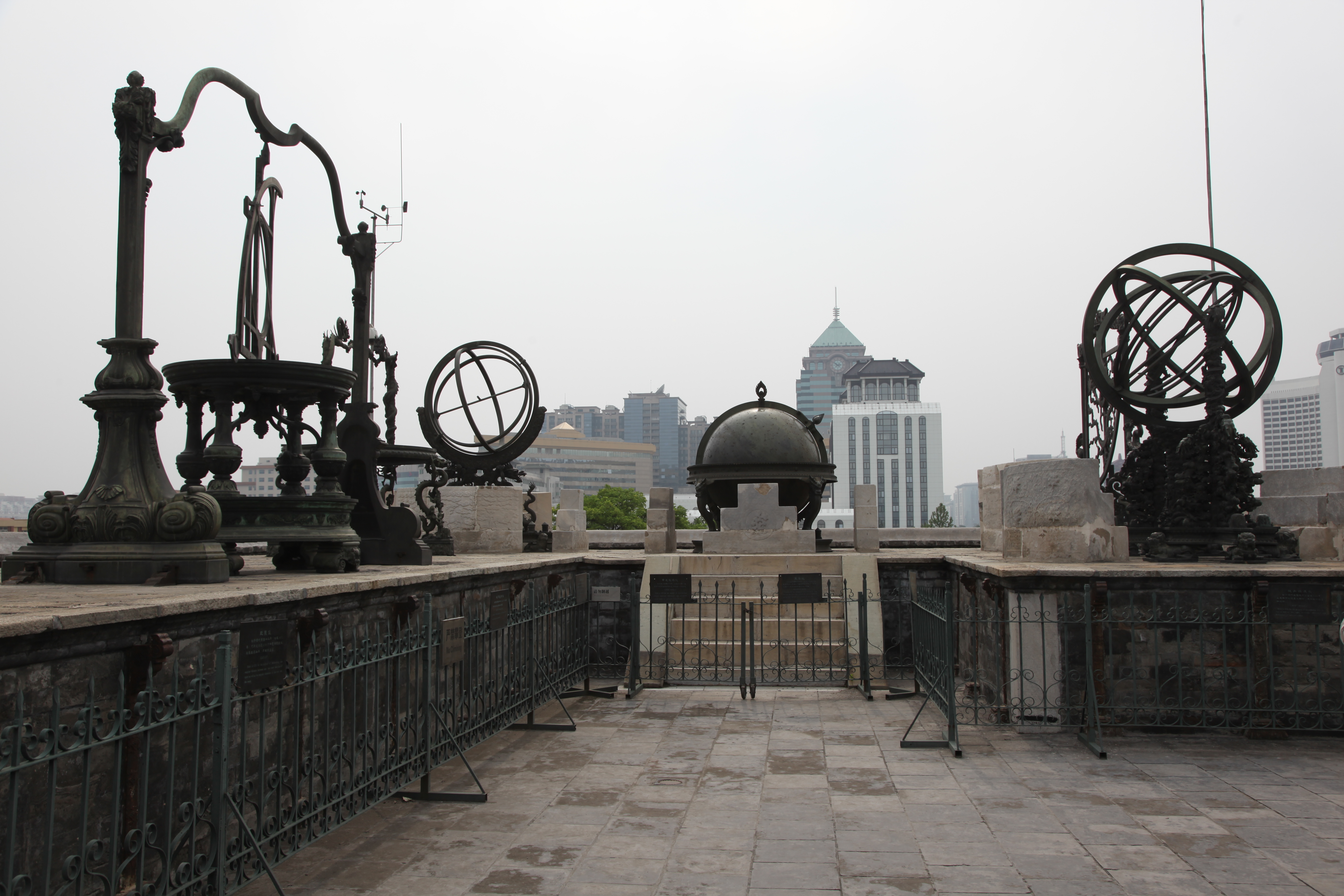
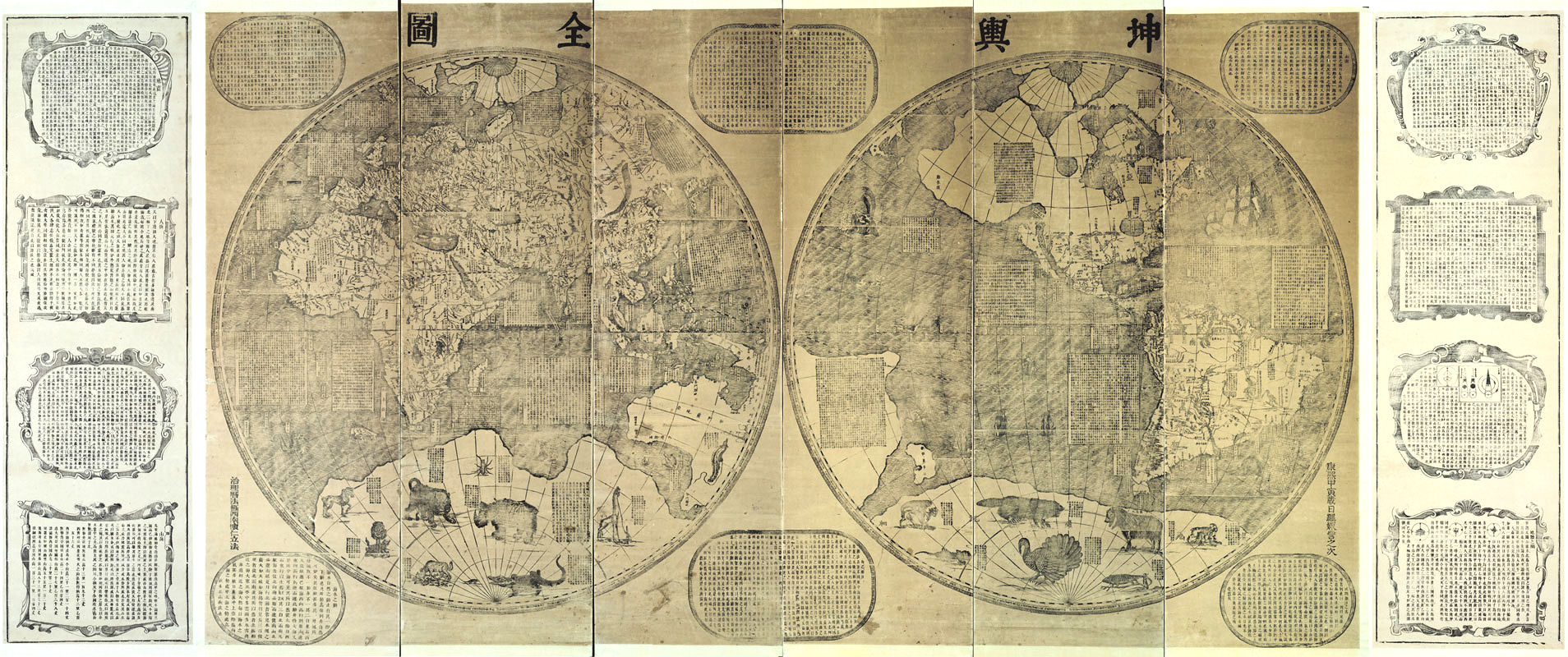


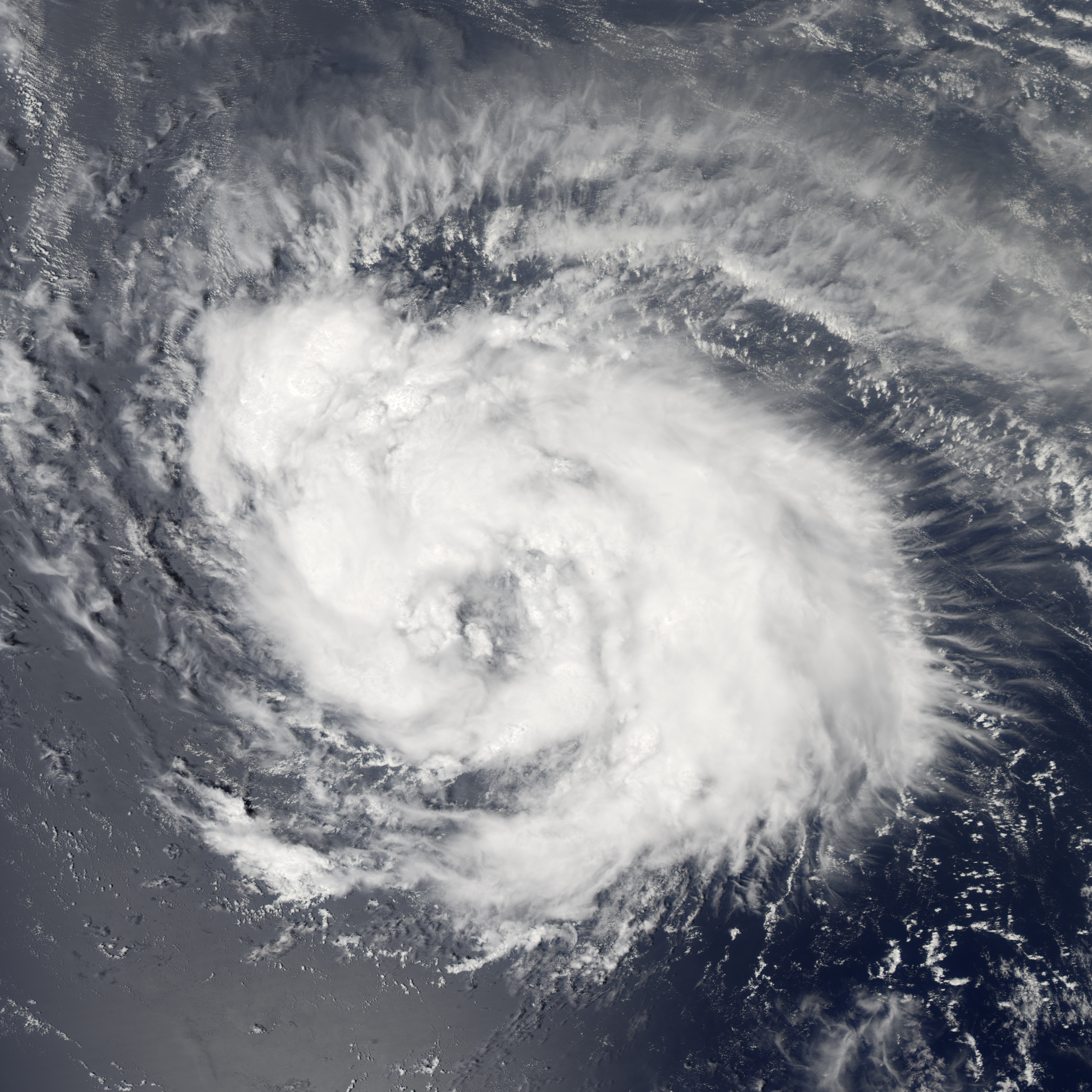





_-_illustrated_with_twenty-three_hundred_figures_from_the_author's_drawings_on_one_hundred_and_twelve_plates_(1890)_(20438238568).jpg)




